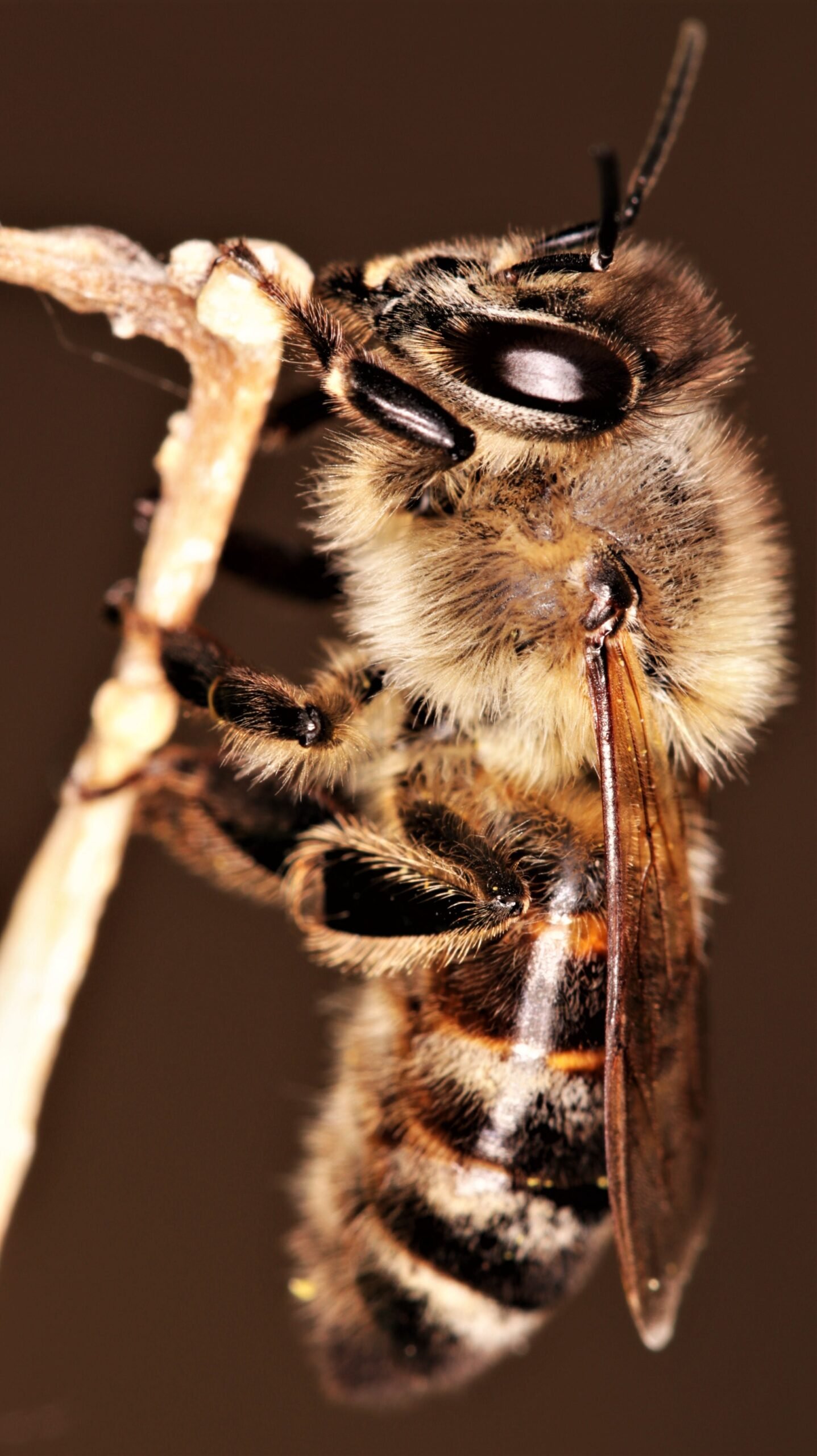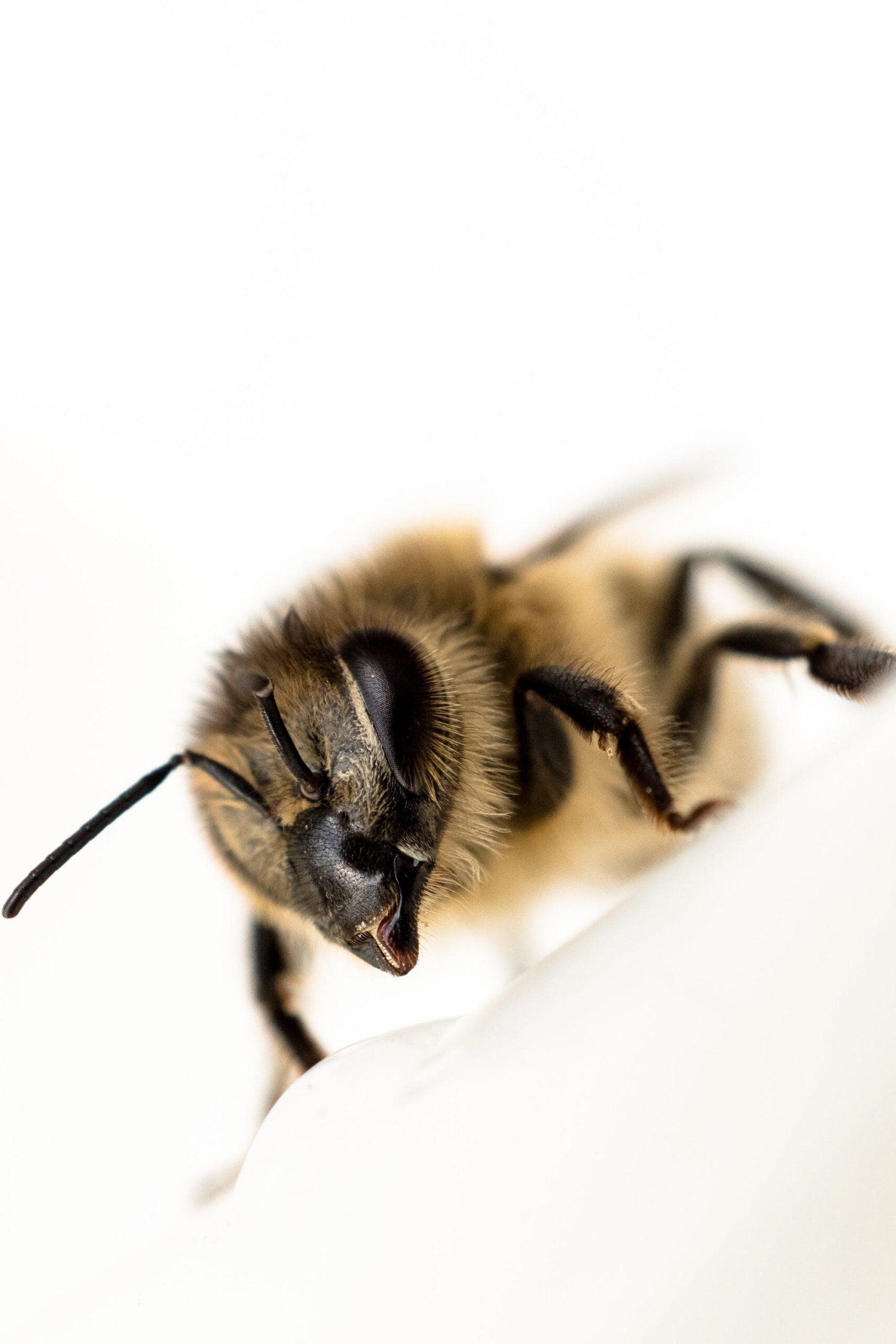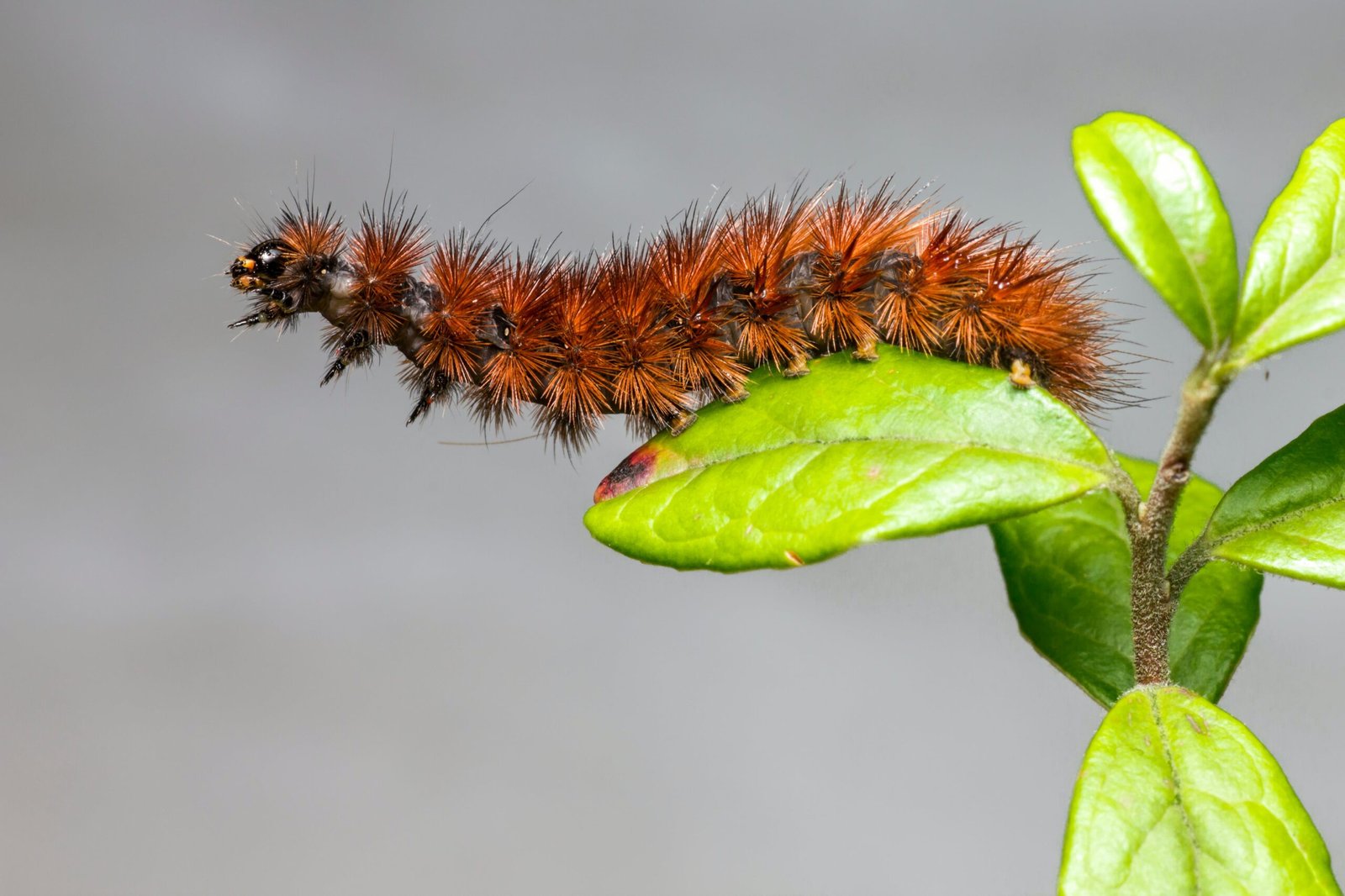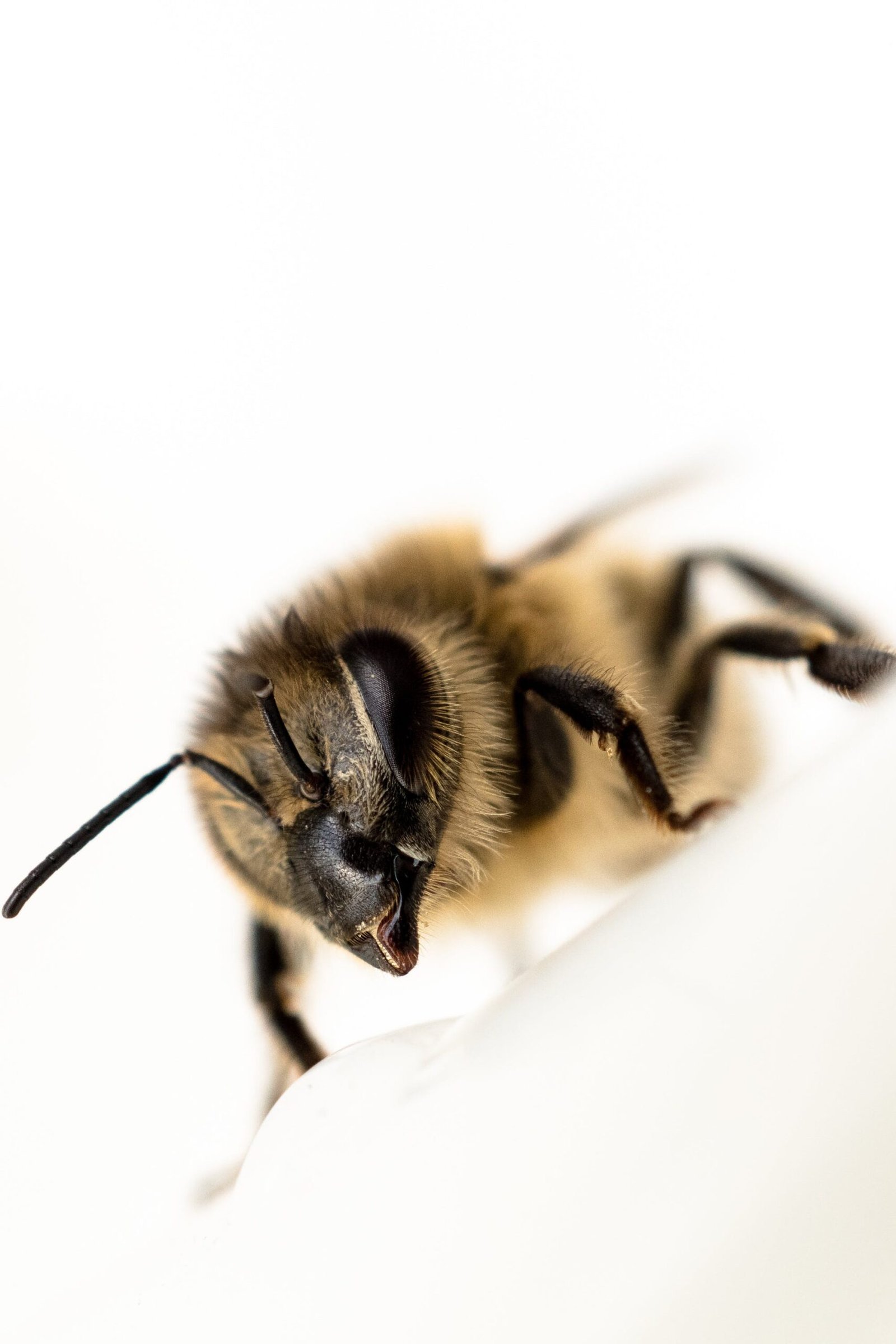In this intriguing article, we explore the captivating world of nature’s interactions, specifically focusing on the intriguing relationship between wasps and tarantulas. Ever wondered if there are particular wasp species that utilize tarantulas as hosts for their larvae? Prepare to be amazed as we uncover the secrets of this fascinating predator-prey dynamic. Did you know that certain wasps have developed an astonishing strategy to ensure the survival of their offspring? Join us as we delve into this captivating topic and discover the mesmerizing world of wasp-tarantula interactions.
Wasp Species That Target Tarantulas as Hosts
Introduction to Wasp Predation on Tarantulas
When discussing the intricate webs of nature, one fascinating phenomenon that stands out is the relationship between wasps and tarantulas. In certain parts of the world, there are specialized wasp species that have evolved to specifically target and utilize tarantulas as hosts for their larvae. This unique predatory behavior has captivated researchers and wildlife enthusiasts alike, shedding light on the extraordinary adaptions and strategies employed by these wasps.
Behavior and Life Cycle of Tarantula-Hunting Wasps
-
Tarantula Hawks: Among the most well-known and striking of the tarantula-hunting wasp species are the Tarantula Hawks. These wasps, belonging to the genus Pepsis and Hemipepsis, are known for their shiny blue-black bodies and vibrant orange wings. The female Tarantula Hawks exhibit an interesting behavior of paralyzing tarantulas with a powerful sting before laying a single egg on the paralyzed prey. As the wasp larva hatches, it consumes the still-living tarantula, feeding on it until fully developed.
-
Spider Wasps: Another distinct group of wasps known for their affinity towards tarantulas are the Spider Wasps, belonging to the family Pompilidae. Spider Wasps utilize a similar technique as Tarantula Hawks, paralyzing their prey and laying a single egg on the immobilized tarantula. Once the egg hatches, the wasp larva begins feeding on the tarantula, eventually leading to its demise.
-
Ampulex compressa: While not specifically targeting tarantulas, Ampulex compressa, commonly known as the Jewel Wasp, has been observed utilizing other arachnids as hosts, including huntsman spiders. The striking feature of the Ampulex compressa is its ability to deliver a precise sting to the thoracic ganglion of its prey, effectively rendering it a temporary, yet completely immobile, host for its larva.
-
Euodynerus foraminatus: This fascinating tarantula-hunting wasp species has been found in South and Central America. Euodynerus foraminatus exhibits a unique behavior whereby it adeptly captures and stings tarantulas, paralyzing them and dragging them into underground burrows. The wasp then lays a single egg on the immobilized tarantula, providing its offspring with a ready food source upon hatching.
-
Hemipepsis ustulata: Hemipepsis ustulata, commonly known as the Velvet Ant Wasp, is yet another tarantula-hunting wasp species. These wasps are known for their vibrant red and black color patterns. After stinging a tarantula, the Hemipepsis ustulata overtakes it, dragging the paralyzed spider to its underground nest. Subsequently, the wasp lays a single egg, ensuring a fresh supply of food for its offspring.
-
Zatypota spp.: Zatypota is a genus of wasps that specifically target orb-weaving spiders, including some species of tarantulas. These wasps rely on subduing their prey by injecting venom. Once the tarantula is rendered immobile, the wasp lays a single egg on the spider’s abdomen and seals it within a silk cocoon before departing.
-
Social Spider Wasps: Some species of wasps, such as the social spider wasps, adopt a different approach by targeting spider colonies rather than individual tarantulas. These wasps engage in group hunting, overwhelming the spider population and utilizing multiple spiders as hosts for their larvae.
-
Gasteruptiidae: While not solely targeting tarantulas, certain members of the Gasteruptiidae family, known as wasp-ants, parasitize spiders, including tarantulas. These wasps exhibit a mimicry behavior, resembling ants in appearance and behavior, gaining access to spider nests and utilizing them as hosts for their offspring.

Unique Adaptations and Strategies
Venomous Stings and Paralyzing Agents
The venomous stings employed by tarantula-hunting wasps are exceptionally potent and have evolved to effectively paralyze their much larger and often hostile prey. Through this unique adaptation, the wasps can neutralize a tarantula’s defensive capabilities without causing immediate harm, ensuring the safety of both the wasp and its offspring. The venom acts as a potent paralyzing agent, temporarily immobilizing the tarantula while still allowing it to survive until the wasp larva hatches.
Burrowing Techniques and Nesting Habits
The nesting habits of tarantula-hunting wasps vary among species. Some wasps, like Euodynerus foraminatus, Hemipepsis ustulata, and the social spider wasps, have perfected the art of burrowing. These wasps expertly construct underground nests in which they drag their paralyzed tarantula prey, securing a safe haven for their developing offspring. The burrows provide insulation and protection against the elements while serving as an ample food source for the growing wasp larvae.
Synchronized Timing with Tarantula Life Cycles
Another remarkable aspect of wasp-tarantula interactions is the synchronization between the life cycles of these two species. Tarantula-hunting wasps have evolved to time their activity with the peak abundance of tarantulas, ensuring a consistent supply of suitable hosts for their larvae. This synchronization allows both the wasps and tarantulas to coexist in a delicate balance, highlighting the intricacies of nature’s web.

Ecological Importance of Wasp-Tarantula Interactions
Control of Tarantula Populations
The predation of tarantulas by wasps plays a crucial role in controlling their population dynamics within ecosystems. By targeting and regulating tarantula populations, these wasps contribute to the overall stability and balance of the arachnid community. Without the presence of tarantula-hunting wasps, tarantula populations could potentially surge, leading to imbalances in the ecosystem and potential disruptions in the food chain.
Impact on Arachnid Behavior and Distribution
The interactions between tarantulas and their wasp predators also have significant implications for the behavior and distribution of arachnids. The knowledge that they are potential targets of highly specialized predators influences tarantulas’ hunting strategies, mobility patterns, and nesting behaviors. This consequential relationship contributes to shaping the intricate dynamics within arachnid communities, affecting not only tarantulas but also other spider species that may indirectly be affected by the wasp presence.

Preservation Efforts and Conservation Concerns
Protection of Tarantula Species at Risk
While tarantulas are not the specific focus of conservation efforts, understanding their relationships with wasp predators can contribute to the conservation of these remarkable spiders. By identifying areas where specific tarantula species are at risk due to habitat loss or fragmentation, conservationists can work towards implementing targeted measures to ensure the survival and maintenance of both tarantulas and the wasps that depend on them.
Maintaining Biodiversity Through Habitat Conservation
The preservation of natural habitats is paramount in maintaining biodiversity and safeguarding the delicate ecological balance that exists between wasp species that target tarantulas and their host populations. By protecting the diverse ecosystems where these interactions occur, we can ensure the survival of both the predators and their prey. Additionally, promoting habitat conservation initiatives will help preserve the intricate web of life that includes tarantulas, their wasp predators, and numerous other species that rely on these ecosystems.

Further Research and Discoveries
Unexplored Wasp Species
While significant progress has been made in understanding the dynamics of tarantula-hunting wasps, there is still much to learn about less-studied species. Researchers continue to uncover new wasp species with unique adaptations and behaviors, potentially shedding light on further intricacies of the wasp-tarantula relationship. Exploring and cataloging these wasp species will not only improve our understanding of their biology but also aid in raising awareness for the conservation of these remarkable creatures.
Host-Parasite Dynamics
Investigating the host-parasite dynamics between tarantulas and their wasp predators can provide valuable insights into coevolution and the arms race between prey and predator. Studying the evolutionary adaptations and counter-adaptations of tarantulas and tarantula-hunting wasps will contribute to our understanding of how different species coexist and shape the intricate balance of nature.
Evolutionary Relationships
Exploring the evolutionary relationships among tarantulas and the various wasp species that target them can reveal fascinating insights into the origins and diversification of these organisms. Understanding the evolutionary processes that have led to the development of specialized predatory behaviors can provide a broader context for interpreting the diversity and complexity of life on our planet.
In conclusion, the unique relationship between tarantulas and wasps has captivated the scientific community and nature enthusiasts. The behavior and predation strategies of tarantula-hunting wasps, coupled with their fascinating adaptations, highlight the intricate web of interactions that shape ecosystems. By further investigating these dynamics, promoting conservation efforts, and raising awareness, we can contribute to the preservation of these incredible creatures and the biodiversity they represent.

